Life as a live aboard cruiser sounds like something out of a dream, and in many ways, it is. Your days can be filled with new destinations, fascinating people, and unforgettable cultural experiences. But behind the adventure lies a few logistical puzzles, and one of the most common questions among long-term, transient travelers is:
How do you receive mail or packages when you don’t have a permanent address?
After years of living aboard and traveling full-time, I’ve tried several methods for getting letters and parcels delivered around the world. Here are some of the most reliable options.
Ask friends or family
A simple and often reliable solution is to have your mail sent to someone you trust, either back home or in a location you know you’ll be visiting. This works especially well for sensitive documents such as government paperwork, new bank cards, or anything that requires a secure, stable address.
When we do this, we usually ask the person to send us a photo of whatever arrives. That way, we can decide whether to have it forwarded, stored, or disposed of. We’ve even timed deliveries to coincide with friends or family flying out to visit us, saving on shipping costs.
Use marinas or shipyards
If you’re staying in marina or shipyard for a while, you can generally have mail delivered directly to the address. This is ideal for parcels or important documents you know will arrive before you move on. Usually I stop having things sent when the estimated delivery date is a week out from our planned departure, just in case there are any delays.
Sometimes it’s possible to have things sent in advance to be held for you, but this often depends on the importation process. For example, in Trinidad you can’t send Yacht in Transit items in advance as the boat needs to be in the country to take advantage of the tax free import status.
Work with a freight or parcel forwarder
In some regions, particularly the Caribbean, international shipping options can be limited. A mail and freight forwarding company can help solve this problem. They give you an address, often in the US, Canada, or UK, and then forward your mail or packages to your current location, handling customs and import paperwork along the way.
When we were in Trinidad and Tobago, we used EZone, which operates across several Caribbean islands. We simply had parcels sent to their US depot in Miami, and they forwarded them to the boatyard for a reasonable fee. When you’re at anchor you can usually arrange to meet the delivery driver at the dock, or pick items up from the forwarder’s office instead of having them delivered.
Opt for courier collection points
In Europe especially, many online stores allow you to select a local collection point instead of a delivery address. This can be a lifesaver when you’re anchored out and don’t have a marina address. Couriers like UPS, FedEx, and DPD can offer this service in partnership with certain retailers, allowing you to simply collect the package at your convenience. For us it was great just before our Atlantic crossing, when we were able to get various things from chandlers shipped to local collection points in La Linea de la Concepcion. They may also have their own lockers to collect from.
Use Amazon Lockers
If you’re shopping on Amazon, you can often choose to send your order to a nearby Amazon Locker or collection point instead of a street address. We’ve used this service in Europe, Australia, and North America, often pairing it with an Amazon Prime membership (or even better a free trial!) for free and fast delivery.
Sign up for a virtual mailbox
Virtual mail services give you a physical mailing address, and then scan the incoming envelopes so you can view them online. From there, you decide whether to have the mail forwarded, stored, shredded, or opened and scanned.
Popular virtual mailbox services include:
- PostScanMail
- iPostal1
- Anytime Mailbox
- US Global Mail
We’ve only used this option once, but it was incredibly helpful when we needed to receive and review documents without being anywhere near the address.
Using noforeignland to help
If you’re searching for a way to receive mail in your cruising grounds, be sure to check noforeignland. Using the “Parcel drop” marker to filter the map, you can see all of the mailing solutions other cruisers have found in your area. As a bonus, many also have tips on how to handle sending and receiving items as a cruiser.
Staying connected aboard
Living on the water doesn’t mean going completely off the grid when it comes to mail. Whether you’re anchored in the Mediterranean, docked in the Caribbean, or cruising the Pacific, there’s almost always a way to get that all-important delivery.
Have any advice or insider tips for cruisers in a certain part of the world? Be sure to share it in the comments and grow the knowledge bank!

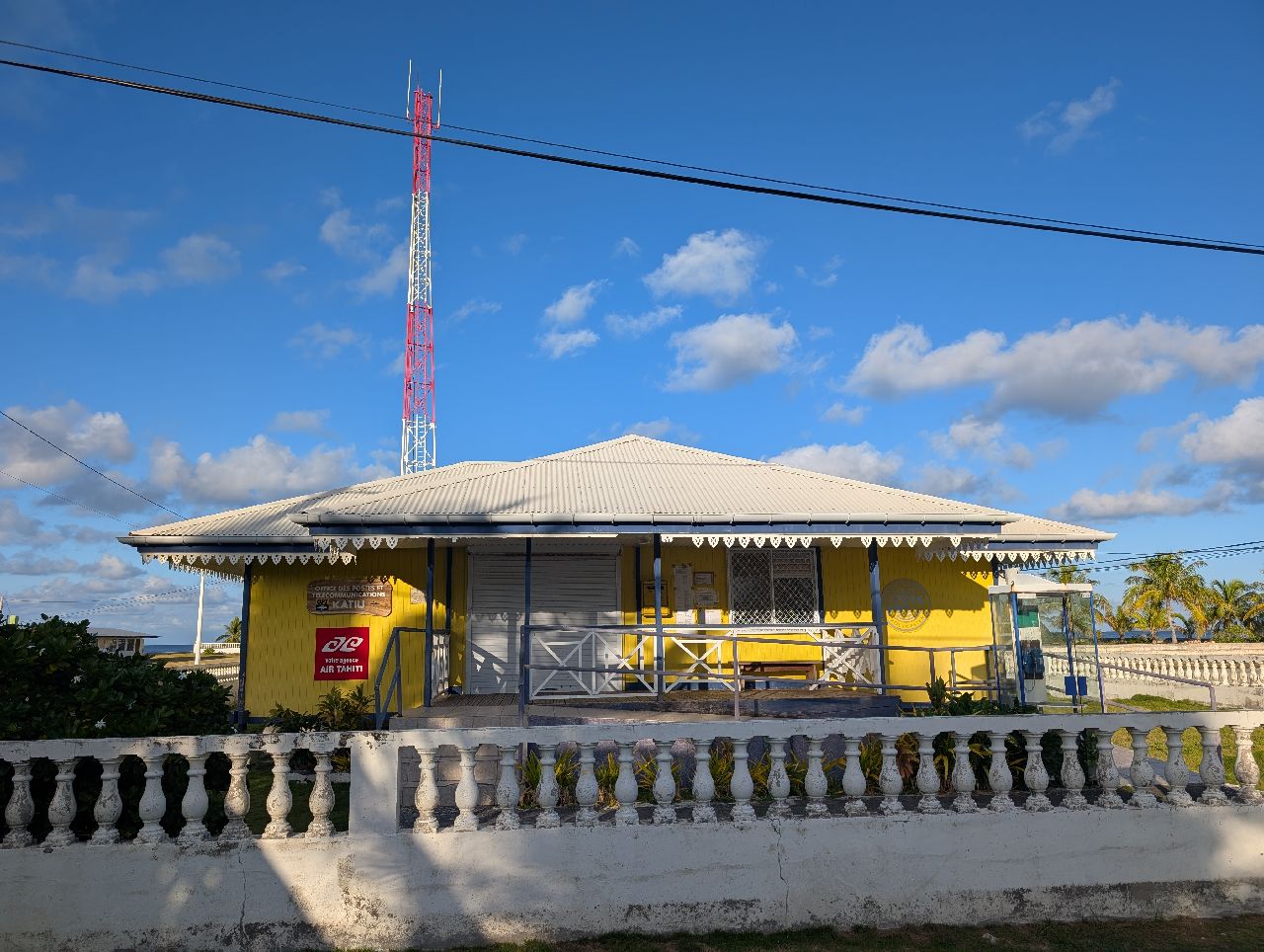

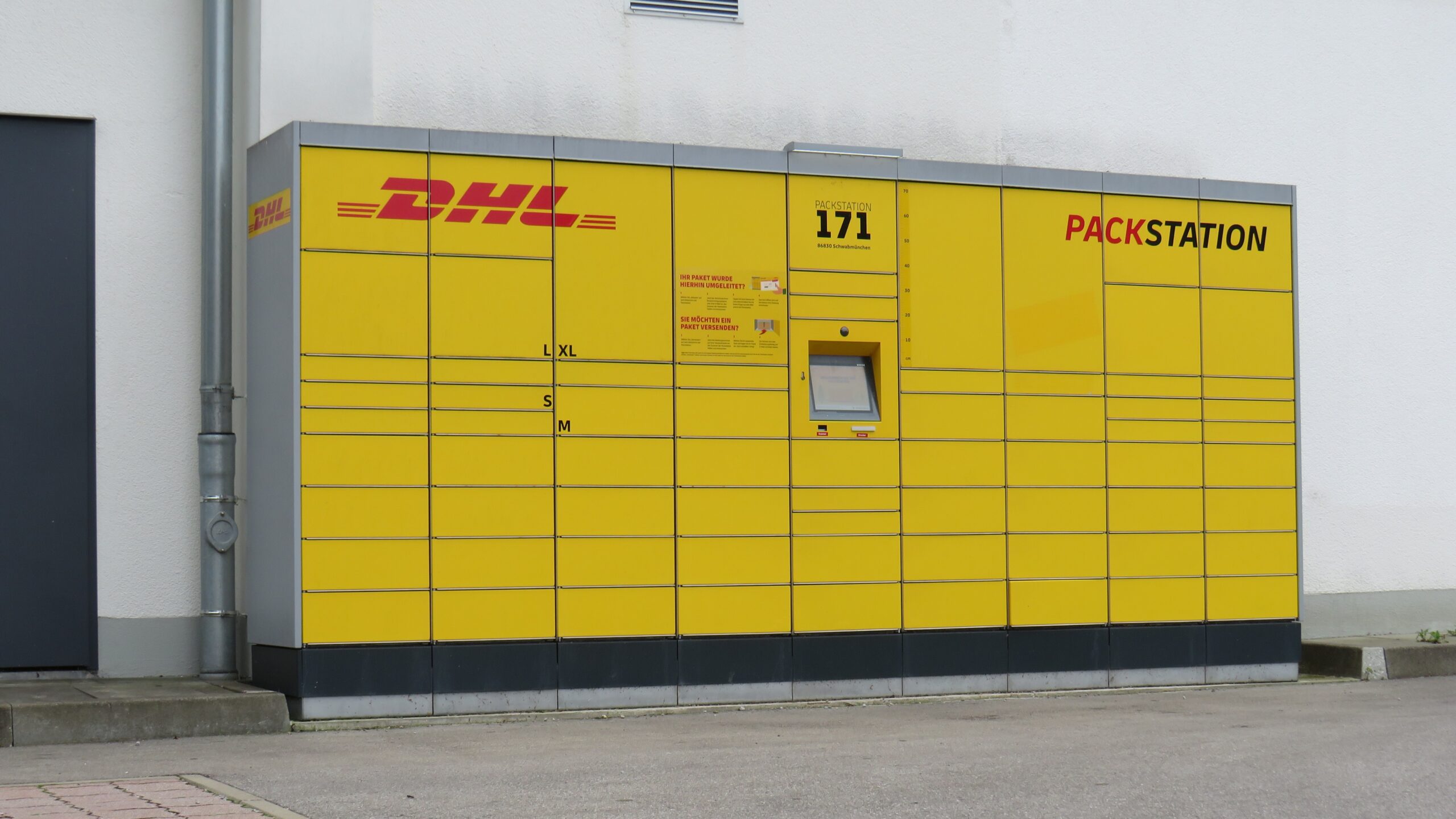
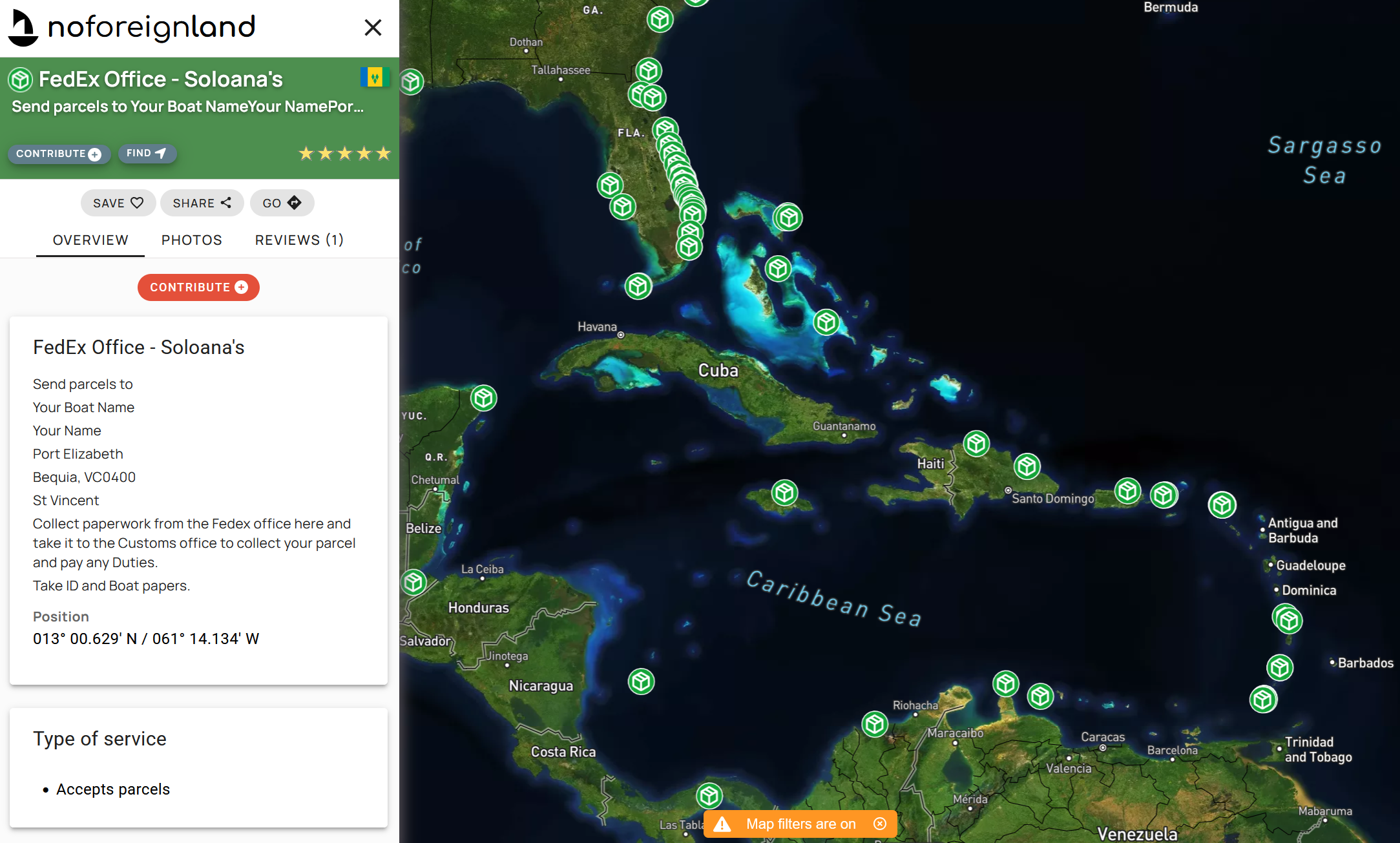






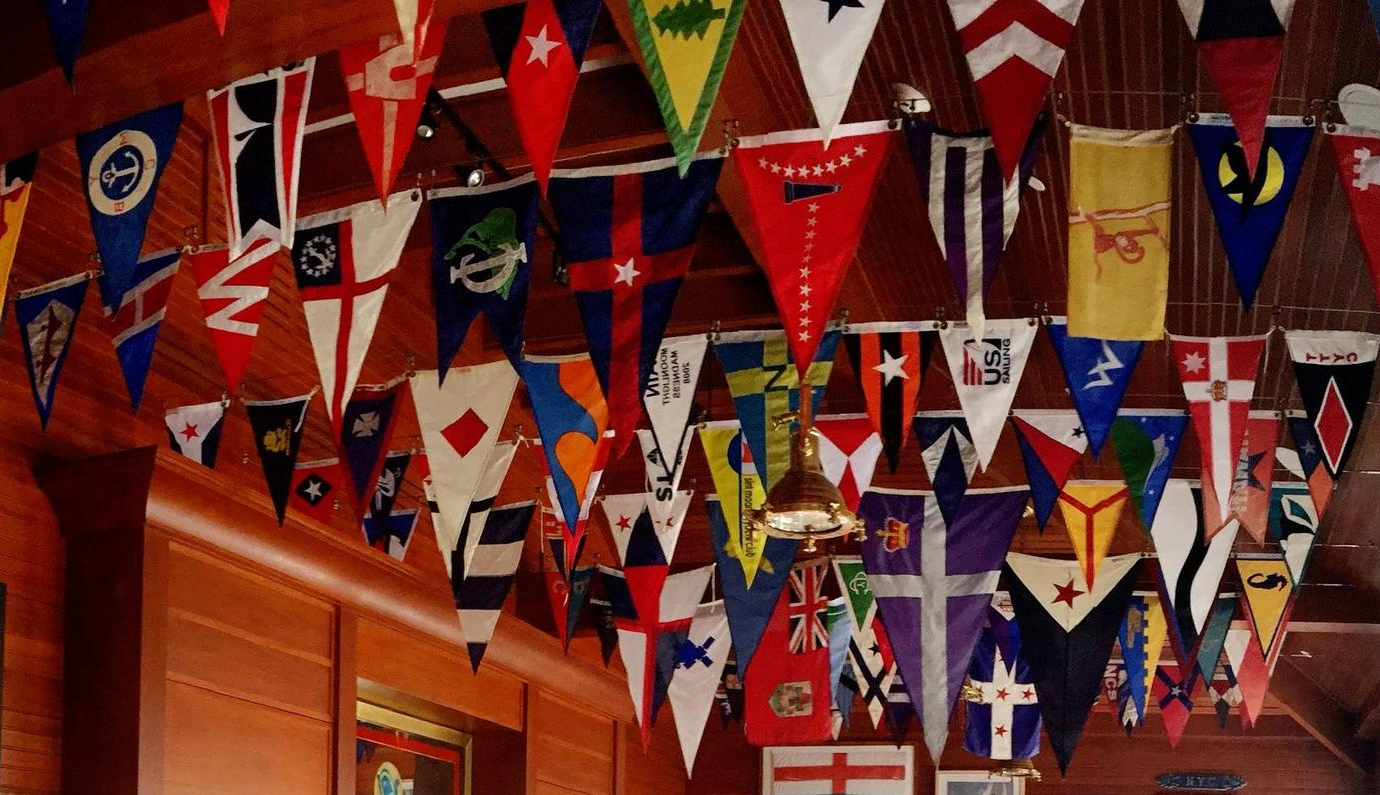
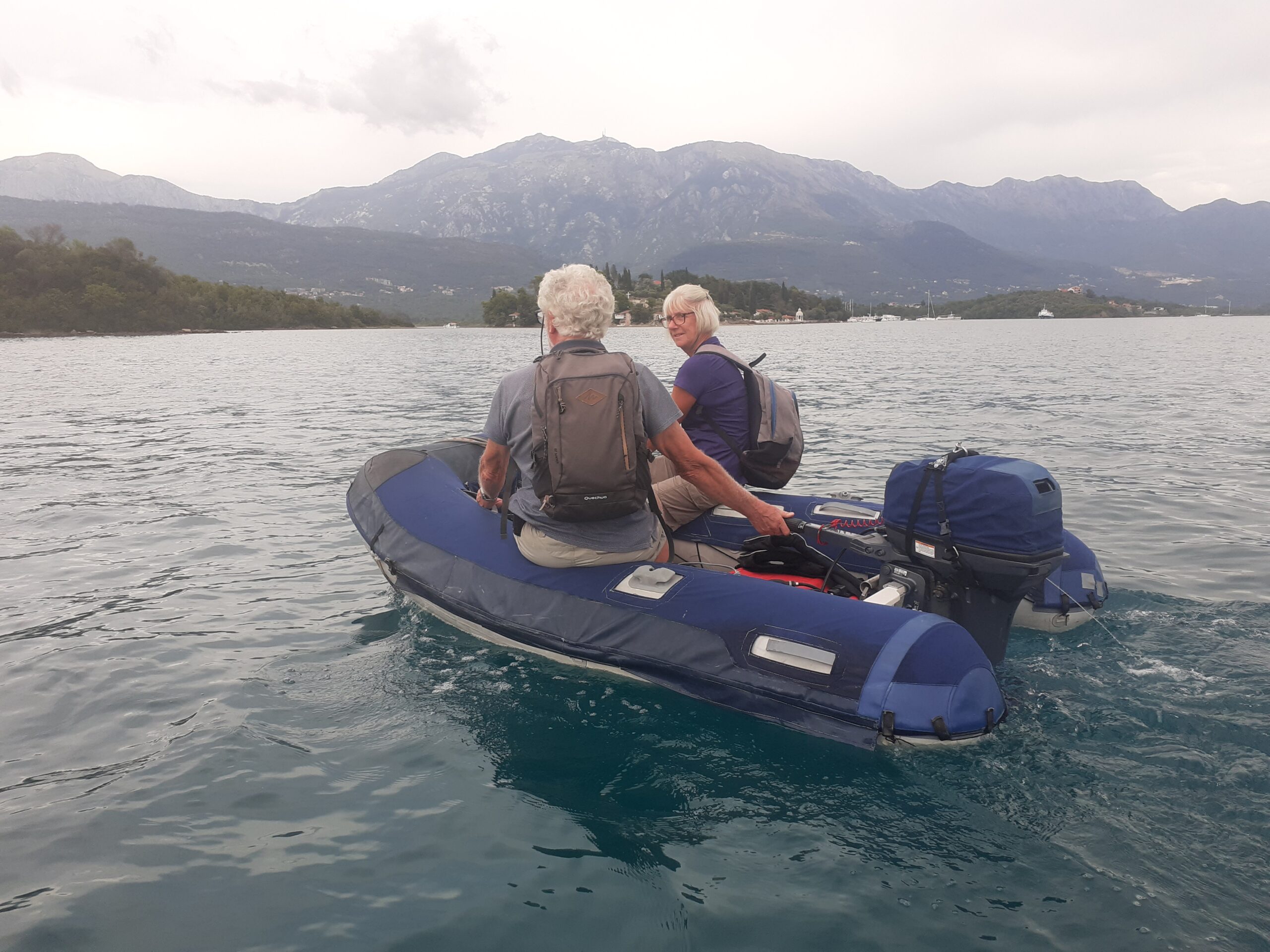
Poste Restante is also often a way to receive mail to some local post office – but there are problems with that too, it may work differently from country to country, VAT and import duties may be a problem, and when ordering something from some online shop using a courier service, they will have their own pickup-points and cannot deliver to a post office.
There are so often problems with shipping when ordering things, I’ve experienced so many problems.